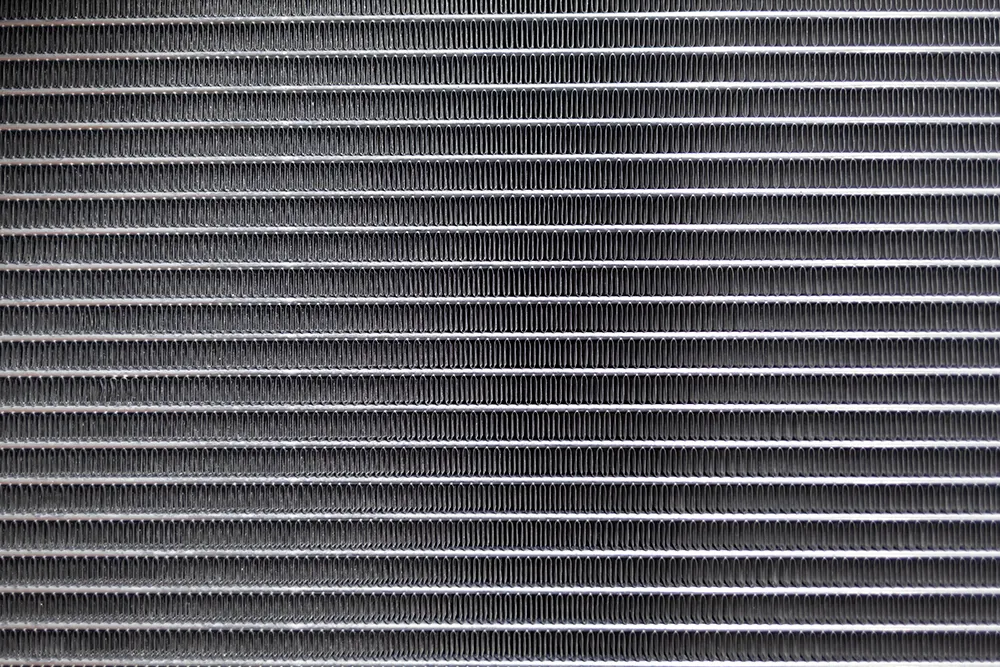As winter weather sets in, ensuring that your vehicle’s radiator is functioning properly becomes essential for maintaining engine temperature and preventing overheating. The radiator plays a critical role in regulating the engine’s temperature by dissipating excess heat. However, harsh winter conditions can cause damage to your radiator, leading to leaks and potential engine overheating. Regular maintenance and timely checks can prevent these issues, keeping your vehicle running smoothly during the colder months. Here’s how to care for your radiator and avoid overheating and leaks during winter.
1. Check Coolant Levels Regularly
Coolant (or antifreeze) is vital for preventing engine overheating and freezing during winter. Low coolant levels can lead to poor engine performance, overheating, and potential damage to the radiator and other engine components.
- What to do: Before the start of winter, check your coolant levels and make sure they are within the recommended range. If the levels are low, top off with the appropriate mixture of coolant and water. Remember, the correct antifreeze-to-water ratio is typically 50/50, but this may vary depending on the manufacturer’s recommendation.
2. Inspect the Radiator for Leaks
Over time, the radiator can develop leaks due to corrosion, wear, or external damage. A leak can cause coolant to escape, leading to engine overheating and potential long-term damage. In winter, salt and road debris can accelerate the deterioration of your radiator.
- What to do: Visually inspect the radiator and its hoses for any signs of leakage. If you notice any coolant stains or puddles underneath the vehicle, it could indicate a leak. You may also notice an odd smell inside the cabin or an increase in the engine temperature if coolant is leaking. If you find any issues, it’s important to have the radiator repaired or replaced before the damage worsens.
3. Flush the Radiator and Cooling System
Over time, coolant can become contaminated with rust, debris, and scale, which can impair the radiator’s ability to function efficiently. Flushing the radiator helps remove this buildup, preventing overheating and helping the engine run at optimal temperatures.
- What to do: It’s recommended to flush the radiator every 30,000 to 60,000 miles or as advised by your vehicle’s manufacturer. During a radiator flush, the old coolant is drained, and the system is flushed with water or a special cleaner to remove any buildup. New coolant is then added, ensuring that the system works efficiently during winter.
4. Check the Radiator Cap
The radiator cap is an often-overlooked component that plays a crucial role in maintaining the pressure in the cooling system. If the cap is faulty or damaged, it can cause coolant to escape, leading to engine overheating.
- What to do: Inspect the radiator cap for any signs of wear, cracks, or damage. If the cap is not sealing properly, it could result in coolant leakage and poor system performance. Replace the radiator cap if it is showing signs of damage to ensure the system maintains the correct pressure and function.
5. Examine the Radiator Hoses
Radiator hoses are responsible for transporting coolant between the engine and the radiator. Over time, hoses can crack, become brittle, or develop leaks due to age and wear. In the winter, the colder temperatures can make rubber hoses more prone to damage.
- What to do: Inspect the radiator hoses for any signs of cracks, bulges, or leaks. If you feel any soft spots or notice any leaking fluid around the hoses, it’s a good idea to replace them. Be sure to check both the upper and lower hoses, as well as any smaller hoses connected to the radiator.
6. Avoid Overheating by Monitoring Engine Temperature
One of the most important things to monitor during winter is the engine temperature. While you might assume overheating is a summer problem, your engine can overheat in cold temperatures if there’s an issue with the radiator or cooling system.
- What to do: Keep an eye on your dashboard’s temperature gauge. If the engine starts running hotter than usual, it could indicate a problem with the radiator, coolant level, or thermostat. If you notice the temperature gauge creeping into the red zone, pull over and let the engine cool down. Continuing to drive an overheated engine can cause serious damage to the radiator and other components.
7. Ensure the Cooling Fan is Working Properly
In many vehicles, the cooling fan plays a crucial role in helping the radiator dissipate heat. While this is especially important in warmer weather, it can also contribute to your radiator’s efficiency during winter, especially if you are driving in stop-and-go traffic or idling for long periods.
- What to do: Test the cooling fan by turning on the vehicle and allowing it to idle. The fan should kick on when the engine temperature rises. If you notice that the fan is not working or is making unusual noises, it may need to be repaired or replaced.
8. Protect the Radiator from Winter Debris
In winter, the roads are often covered with salt, dirt, and debris that can clog the radiator and hinder its ability to dissipate heat. This can cause the engine to overheat, even in cold weather.
- What to do: Inspect the front of the radiator for any debris or buildup that might be obstructing airflow. You can use a garden hose or air compressor to clean the radiator’s exterior. Be sure to remove any road salt or dirt that has accumulated on the radiator’s grille, which can block air flow and reduce efficiency.
9. Keep an Eye on Engine Temperature During Cold Weather
While it may seem counterintuitive, a car can still overheat during winter. Cold weather can cause the engine to take longer to reach operating temperature, but once it does, if there’s a problem with the radiator or cooling system, the engine may overheat due to poor circulation of coolant.
- What to do: When driving in cold weather, give your engine time to warm up before driving at high speeds. If you’re idling for long periods, make sure the radiator and cooling system are operating efficiently by checking the coolant level and condition. If the engine temperature fluctuates dramatically, get it inspected.
10. Prevent Radiator Issues Before They Start
Your radiator is essential for keeping your engine running at the proper temperature, and taking proactive measures in winter can prevent a range of problems, including overheating and leaks. Regular inspections, coolant level checks, and maintenance of radiator components can help ensure that your vehicle’s cooling system is ready to handle the challenges of winter driving. By staying on top of radiator care, you can avoid costly repairs, keep your engine safe, and ensure that your vehicle continues to perform well through the colder months.

